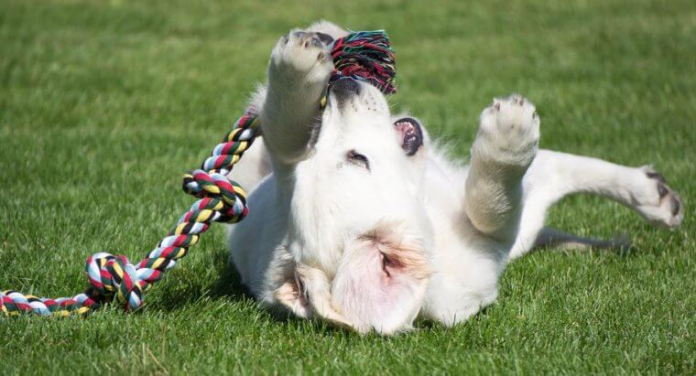Being a dog parent is a blessing. Most of the time, it is. But grooming, feeding and walking can feel like extra work, and unless you have the right tools and techniques, it can be a daunting experience. Incorporate these essential tips into your pet care routine to master stain management, nail repair, dog nutrition and all about dog parenting. These will make life easier for parents of fur kids.
Fill their diet with fruits and vegetables
Dogs are omnivores just like humans and eat a wide variety of foods. So why not give them some nutritious treats once in a while? Apples are rich in vitamins and fiber and are a refreshing summer treat when frozen. Your dog will also enjoy a small amount of banana or cucumber. These low-calorie treats are especially good for overweight dogs.
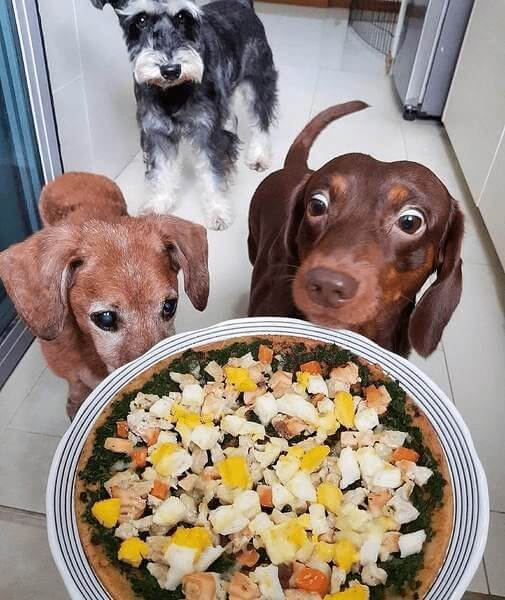
Some “human foods” are perfectly safe and healthy for dogs, but others, such as certain fruits and vegetables, are not. Consult your veterinarian before giving your dog fruits and vegetables they have never eaten before.
Invest in a good slipcover
Some dogs shed a lot (as every Alaskan Sheltie owner will groan). However, most dogs shed to some degree, so your couch can get pretty bad pretty quickly. Getting a simple slipcover for your sofa is the perfect solution and is very easy to maintain. If the slipcover gets dirty with dog hair (which can take anywhere from a few days to a few weeks, depending on the dog), take it off the couch, shake it outside, and wash it in the washing machine if necessary.

After all, it’s much cheaper and less of a hassle to buy a slipcover for your couch than to replace it with another breed that sheds less. Just kidding, just kidding!
Make your own dog bed
Making your own dog bed is surprisingly easy and can save you money. It’s also a low-risk project for those who want to try their hand at sewing and eventually get into crafting. Find an old cozy sweater you no longer need and fill it with inexpensive wadding or cotton-filled fibers (available at your local craft store). Once stuffed, sew the neck and sleeves together to prevent the stuffing from falling out.
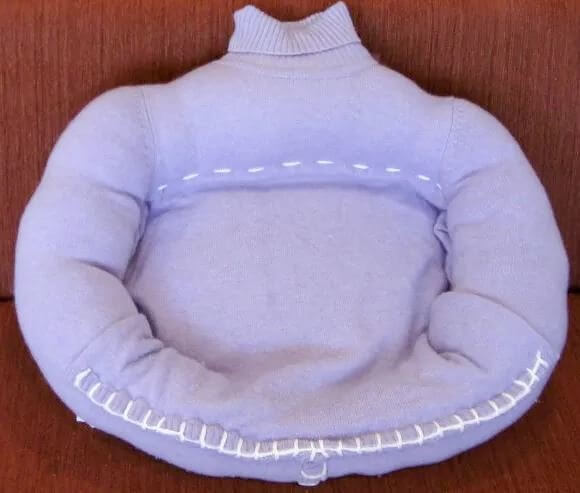
This DIY dog bed is not only cost effective, but also environmentally friendly because it reuses old clothes that may have been thrown away. It kills two birds with one stone.
Cleaning and deodorizing urine stains
Puppies take time to train and even older dogs can have accidents from time to time. However, there are simple ways to clean urine stains and keep your home from smelling like urine. Baking soda is a fantastic cleaning tool. After absorbing as much urine as possible with a paper towel, apply a quarter cup of baking soda evenly to the wet area. The baking soda will absorb any remaining dirt and odors.
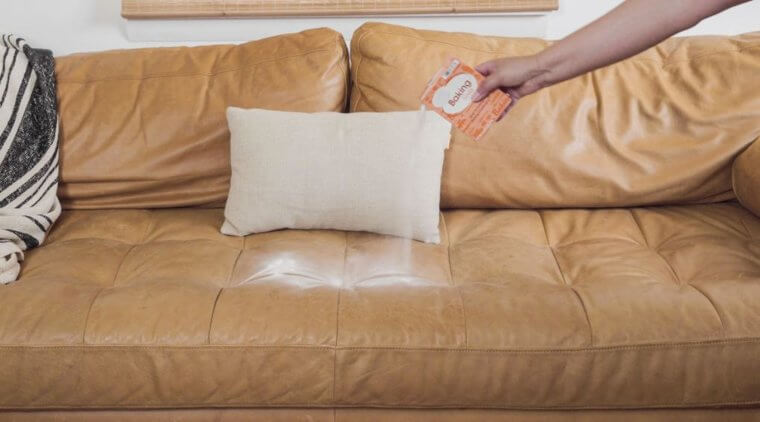
If possible, let the baking soda sit on the stain overnight, then vacuum or brush it off with a rag. This method works best on new stains, but it may also work on old or dry stains.
Make an original rod.
A “flirt pole” – a rope and toy attached to a long pole – is a must-have item for dog owners. By chasing a lure attached to the end, the dog’s hunting instincts are aroused and he can be exercised in tight spaces. But why buy one when you can easily make one at home? First, cut a piece of PVC pipe to about 1.5 meters. Next, put a thin piece of string through the pipe and tie a knot at the end of the string sticking out.
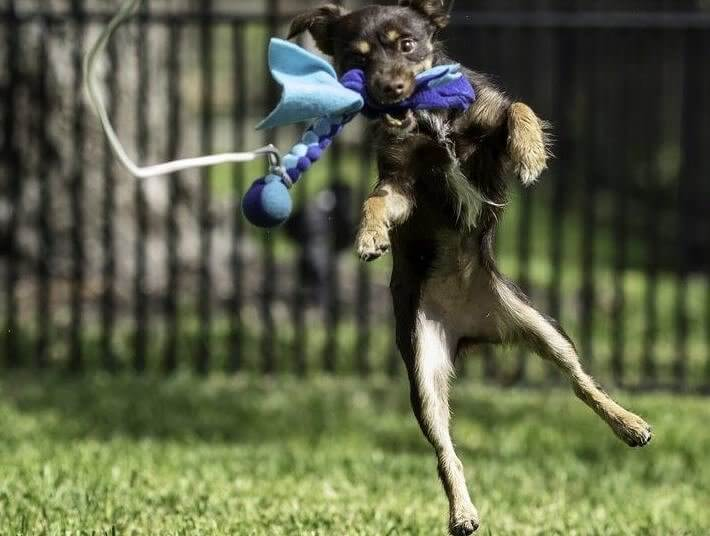
Tie a simple dog toy (such as a knitted or repurposed garment) to the end of the string and you’re done. Your own, inexpensive toy is ready to go. You now have an inexpensive, original pole that your dog can chase around until he gets bored.
Prevent clogged drains
In addition to giving your dog a bath, it’s important to keep the drain free of dog hair. How do you keep both your dog and your plumbing clean? Put a baby wipe on the bathtub drain and push the stopper up against it. Fill the tub with hot water and give your dog a bath. Lay the wipe flat and pull the plug out. The water will then pass through the wipe, as the wipe will filter most of the dog’s hair.
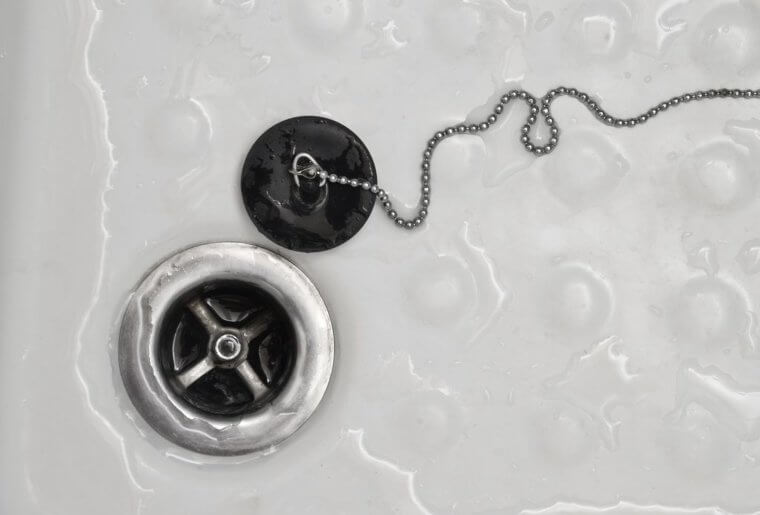
However, if your dog is hairy, you may need to remove the hair by hand once or twice during the drainage process.
Remove hair with a drying agent.
Relaxing with your dog is one of life’s greatest pleasures. But cleaning dog hair off your clothes afterwards is one of life’s most tedious chores. If you forget to buy a hairball remover, a dryer sheet will suffice. Just use the dryer sheet to wipe the hair on your clothes and you’re good to go. No curling iron is needed. This technique can be applied anywhere in the house.
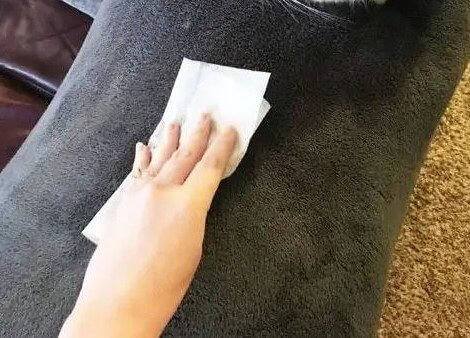
You may be tempted to wipe your dog’s loose hair with a dryer sheet to absorb it, but it’s best to avoid doing so. The chemicals in the dryer will stay on your dog and may be ingested by your dog when he licks his fur.
With the help of walnut
Wooden furniture adds wonderful texture and color to your home. However, your dog may mistake the expensive wooden table legs for fun scratching posts and quickly destroy the beauty of the wood. Fortunately, there are some surprising home remedies to remove light paw prints from wood. Rub raw walnuts on light scratches and let the soothing walnut oil do its work. Rub a few times, then gently mix the oil with your fingers and finish with a soft cloth. This method should make most scratches disappear.
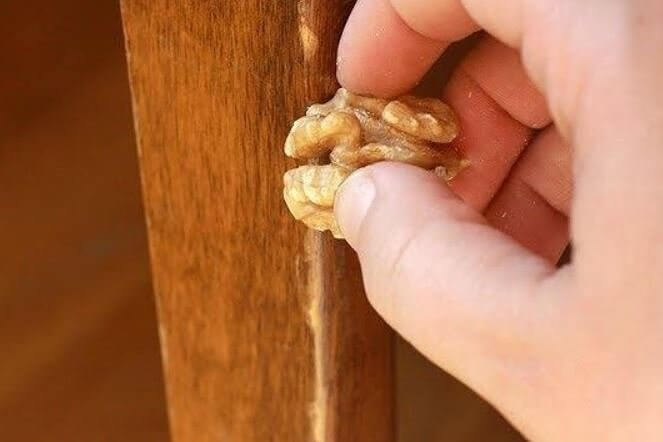
Just remember. This method works for light scratches, but not for large scratches on wood (although your dog’s nails won’t help either).
Entice your dog to like toothpaste.
The mouth is a breeding ground for bacteria, and it is recommended that humans clean their mouths two to three times a day. Unfortunately, however, many dogs seem resistant to the taste of new toothpaste. How can you get them used to the new taste? Soak your dog’s favorite toy in toothpaste a few times before brushing their teeth. That way, exposure to the new toothpaste will feel natural, not forced, and they will be less likely to resist trying to use it on their teeth.
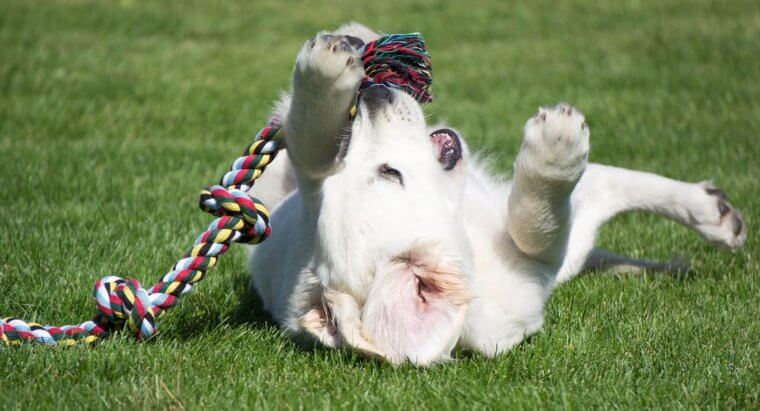
Always use toothpaste that is designed for pets. Human toothpaste can harm your dog if accidentally swallowed, whereas pet toothpaste is safe for your dog to digest.
Get used to brushing their teeth.
Many dogs are reluctant to brush their teeth, especially when they are brushing for the first time. However, in addition to gradually getting them used to the taste of toothpaste, there are some important preliminary steps owners can take to get their dogs into the brushing zone. First, gently massage your dog’s cheeks (outside of their gums) to make them comfortable. Next, instead of using a toothbrush, wrap medical gauze around your index finger and begin wiping the gums and teeth with it.
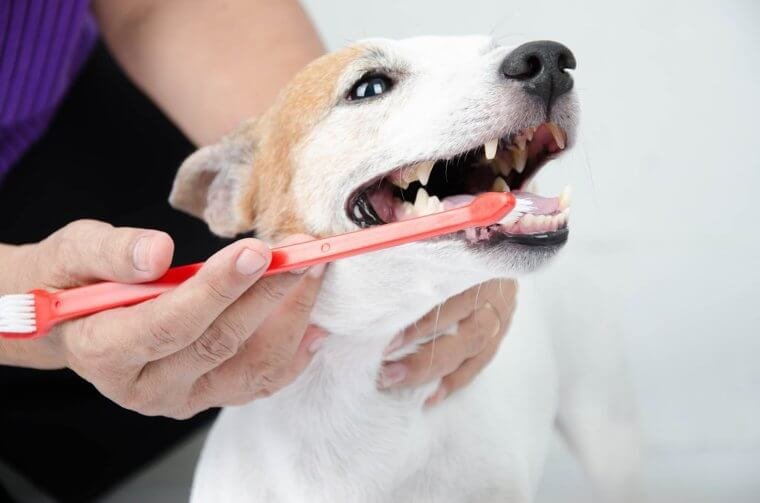
After repeating this a few times, your dog will get used to having his mouth touched, and it’s time to move on to the serious brushing with a dog toothbrush and toothpaste.
Create a digging hole (digging platform).
Digging is part of the dog’s DNA. The wild ancestors of domesticated dogs dug holes in the ground to protect themselves from harsh temperatures or to store bones and food. It may be unrealistic to ignore your dog’s instincts and politely ask him to stop digging in the garden, but it may be possible to channel his urge to dig into certain areas. Choose an area in the garden where the dog can dig to his heart’s content, surround the area with bricks or boards, and fill it with loose dirt or sand.
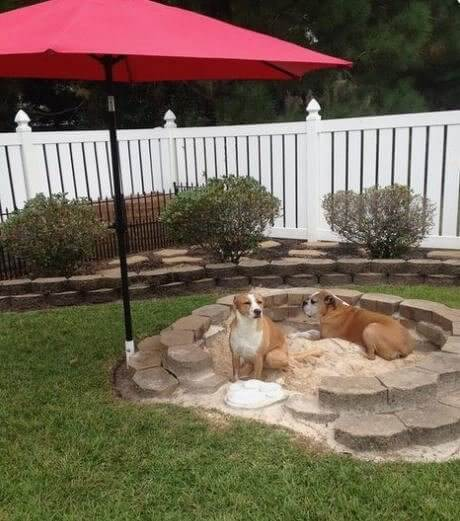
Repeated placement of the toy will indicate that the hole is “yours”. Eventually, the dog will confine the digging to this area of the garden, leaving the rest of the garden untouched.
Freeze homemade popsicles
Just as humans enjoy cooling off with popsicles and ice cream in the summer, dogs love the thrill of tasting something cold. To make them at home, simply mix together dog-safe fruits like bananas or strawberries and water. Place in popsicle molds and chill in the freezer for 30 minutes. Remove from molds and add dog cookies as edible popsicle sticks. Return to freezer until molds are completely frozen, about 6 hours.

Greek yogurt is very good for dogs’ intestines, so use 1 tablespoon of Greek yogurt instead of water, 1 tablespoon for small dogs and 2 tablespoons for large dogs, to add nutritional value to the popsicles.
Tricking your dog into taking medication
This may seem pretty obvious (like the first lesson in “Handling Dogs 101”), but it’s surprising how many owners don’t think about it, or forget about it when they have to medicate their dogs. Mixing medication with food is effective when the food has a strong taste and aroma, such as wet food, which can mask the unpleasant taste of the medication. This essentially hides the medication while the dog chews or swallows it.

Unfortunately, not all medications can be used with food. Before trying this method, check with your veterinarian to make sure your dog’s medication is safe to combine with food.
Store dog food in a separate container.
Many owners store dog food in opened bags, but the bags may not be properly resealed. Leaving opened bags in place can cause sanitation problems, such as pest infestation and spoilage from contact with water. But protecting your dog’s stomach is easy. Once a bag of dog food has been opened, transfer the remaining food to a clean, dry plastic container with a sealable lid.

This may seem like another investment in your pet, but the right container can be found online for less than $20, and probably cheaper at pet stores.
Make a simple stew.
Just like humans, dogs like a little treat. Your dog may already like the taste of the dry food you feed him, but you can jazz it up by pouring hot water over it before offering it. The hot water will thicken the dog food, making it more palatable, and the hot water will give off an aroma that will turn an ordinary meal into a four-star meal.
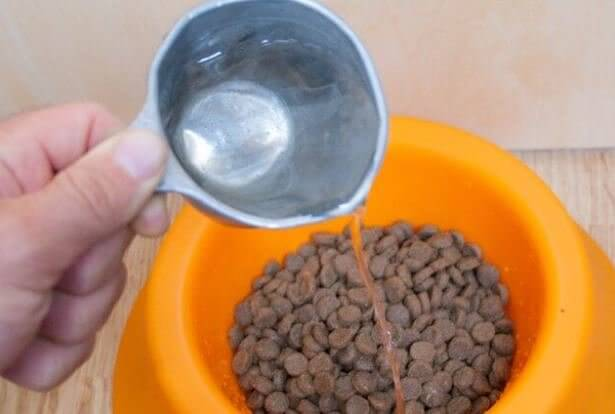
Dry food is good for your dog’s teeth, so make sure you feed this food regularly. Also, leaving the hot water and food mixture for a long time can cause the food to spoil.
Use a towel to control fleas.
Dogs usually have some regular itching on their bodies. However, if they itch repeatedly over a period of several days, they should be checked for the presence of fleas. Fleas are very small and may be difficult to detect, especially on dogs with heavy or black coats. If this is the case, have the dog lie on its side on a white towel and brush it. A white towel will make it easier for you to spot fleas.

Early detection of fleas is important, so check the coat often. If left unchecked, fleas can cause serious health problems for the hairball, and the longer fleas go unnoticed, the harder it will be for the veterinarian to treat them.

